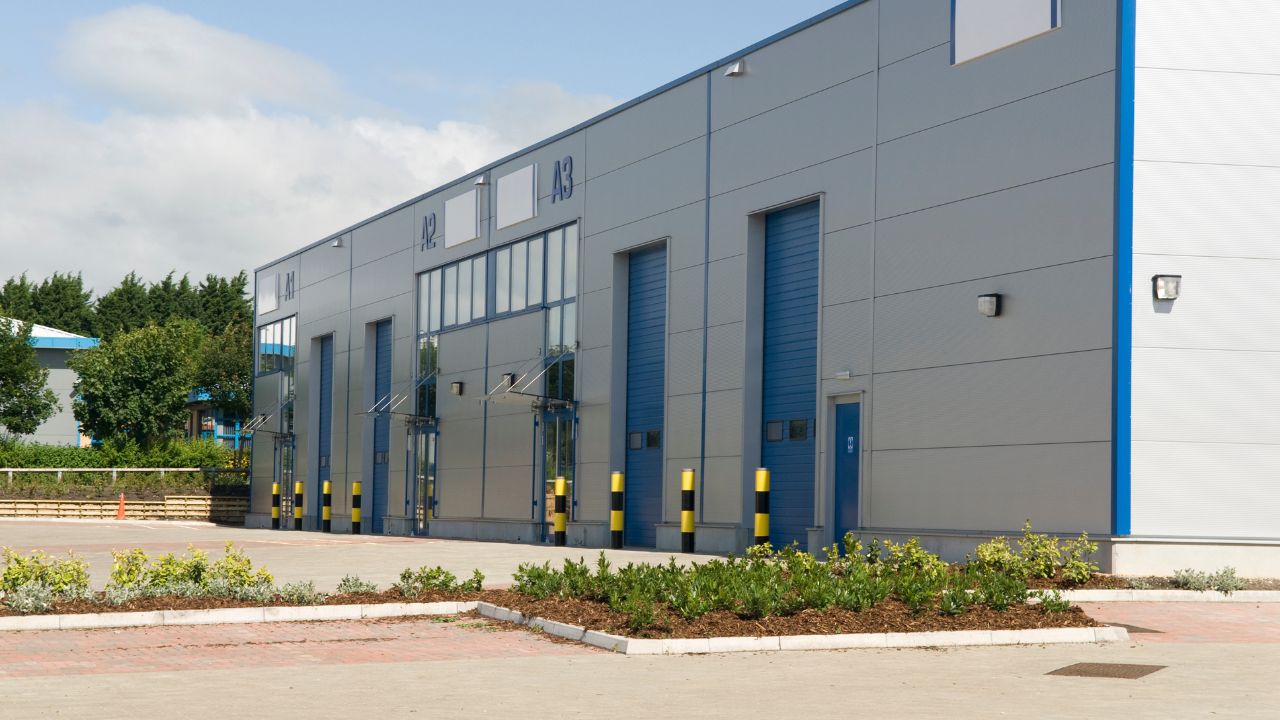Key Indicators to Track in Industrial Property Sales and Leasing
In industrial real estate sales and leasing, there are things that you can track to see where the next brokerage opportunities may be coming from in the property market.
A close ‘eye’ on the indicators will help you see the lease and sale opportunities as well as any development situations. That can help you connect with the prospective client early when a property need or challenge is in the offering.
Indicators are Opportunities
Here are some of the best indicators to watch with industrial property:
- Vacancy rates – the industrial property segment of the investment market is usually the first to respond to economic changes (as they move up or down). On that basis, a higher vacancy factor of industrial properties in a location can be a good indicator of the economy overall or in the region. Those vacancy rates will help you understand your priority clients in the market locally. Always work the vacancies with a bias towards property quality and size. Small listings can be a waste of time from a leasing perspective and earn you less money.
- Local newspapers and internet stories – check out the business pages in the local papers. Look at what is happening with companies and corporations. Match those companies to property locations; make direct contact with those company owners. You can also get plenty of leads and names from published articles and load those names into your database.
- Social media platforms – it is a well-known fact that you can ‘farm’ names and contacts from some social media platforms. Through one business ‘contact’ on a social media platform, you can usually ‘see’ the groups of people contact that they already know.
- Rental rates and sale prices – it is a good idea to track price and rent changes per unit of area; you can do that in charts for the property type and location. That information over time can help you greatly when it comes to pitching for a listing with a client.
- Construction costs – supply and demand locally will impact on construction costs and therefore the viability of a new project.
- Land zoning – vacant land and the rezoning of that land can be a trigger to move on a development opportunity or ‘land bank’ for a later time. Research the movement and the zoning changes of local land ownership.
- Raw materials – the cost of raw materials and the transport infrastructure to move those raw materials around will have an impact on the placement, viability, and operations of some industries. See how things work in that way, and then get closer to transport issues and changes that could impact property choices.
Brokerage results can always be improved with industrial property when you watch the indicators and move closer to the events and the people locally that facilitate change.







